Past projects Biosystematics
Past projects - Biosystematics and evolutionary genomics
#Sneglebuss Barentshavet
#Sneglebuss Barentshavet
Contact person: Torkild Bakken
Phylogeography and species delimitation of red-listed species prevalent in “the Trøndelag element” of Norway
Phylogeography and species delimitation of red-listed species prevalent in “the Trøndelag element” of Norway
Biodiversity estimates and red-list assessments will be flawed if undiscovered taxonomic diversity remains undetected. This project aims to reveal intraspecific genetic lineages (cryptic species) in red-listed species of lichens and vascular plants by combining genomic analyses (phytogeography and species delimitation) with distribution modelling. Both observation-only and specimen-based data will be used, including relevant old archived collections.
Contact person: Associate Professor Mika Bendiksby
Collaborators: Michael D. Martin, James Speed and Vibekke Vange (NTNU University Museum), Einar Timdal and Rune Halvorsen (Natural History Museum, University of Oslo) og Håkon Holien (NORD University).
Duration: 2017-2022.
Funding: The Norwegian Biodiversity Information Centre (Norwegian Taxonomy Initiative) and the NTNU University Museum.
Molecular systematics of Lamiaceae subfamily Lamioideae
Molecular systematics of Lamiaceae subfamily Lamioideae
The principal purpose of the present study has been to elucidate evolutionary relationships within subfamily Lamioideae using various molecular tools. Objectives: (1) identify major phylogenetic groups within subfamily Lamioideae, reveal their interrelationships, and to update their classification accordingly; (2) infer the biogeographic history of subfamily Lamioideae and subgroups, and relate it to climatic and geological events of the past; and, (3) investigate allopolyploid speciation.
Collaborators: Yasaman Salmaki (Univ. of Teheran), Olof Ryding (Natural History Museum of Denmark), Bryan Drew (Univ. of Nebraska)
Duration: 2002-2022.
Funding: The Norwegian Research Council (project no: 154145), Natural History Museum (University of Oslo), and NTNU University Museum.
Extended project page.
Collaborative learning in biodiversity, excellence in education through two-way North-South mobility Kontaktperson: Mika Bend
Collaborative learning in biodiversity, excellence in education through two-way North-South mobility Kontaktperson: Mika Bend
Info about project: Collaborative learning in biodiversity, excellence in education through two-way North-South mobility
Contact person: Mika Bendiksby
Developing new genetic tools for bioassessment of aquatic ecosystems in Europe
Developing new genetic tools for bioassessment of aquatic ecosystems in Europe
Info about project: Developing new genetic tools for bioassessment of aquatic ecosystems in Europe
Contact person: Torbjørn Ekrem
Diversity and systematics of fan worms (Sabellidae, Annelida)
Diversity and systematics of fan worms (Sabellidae, Annelida)
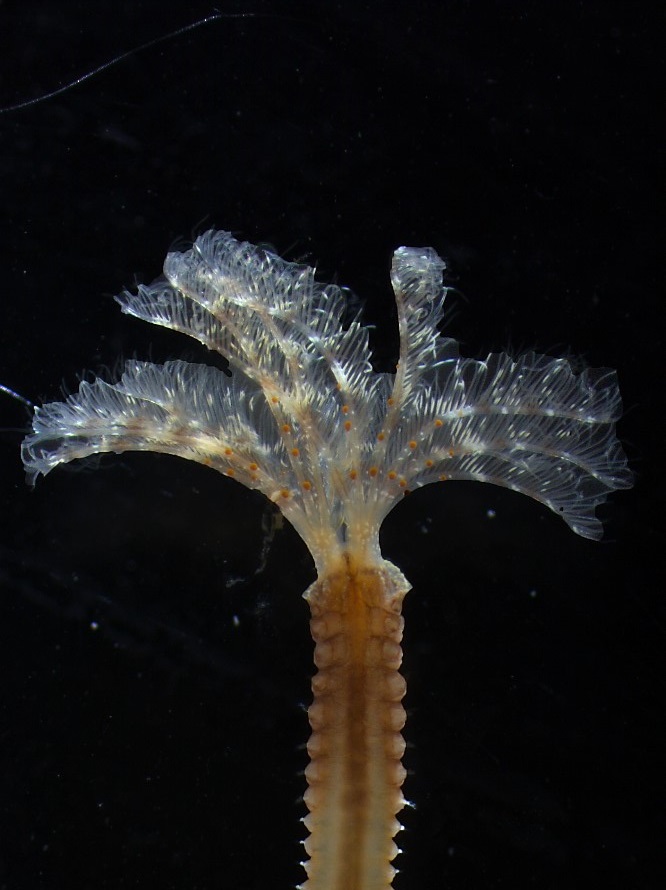 |
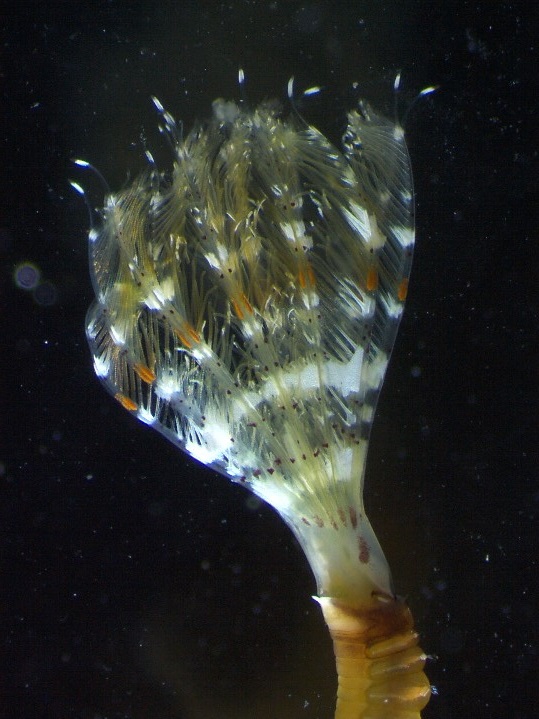 |
Sabellidae is one of the most diverse and ubiquitous polychaete families with over 400 nominal species described to date, classified in 40 genera. They are benthic tubeworms, found from fresh waters to full marine conditions, and from intertidal to abyssal depths all over the world. The radiolar crown is a hear structure formed by numerous feathery-like appendages, responsible for these animals being commonly known as feather-duster worms. Although there have been several attempts of generating phylogenetic hypothesis about their relationships with other polychaetes and within the group, results are still not fully stable and resolved.
Aim of project:
- Describe the diversity of fan worms found in several parts of the world
- Asses their evolutionary relationships
Contact person: Maria Capa
Project period: Sept 2012-Sept 2017
Funding: NTNU
Collaborators:
Anna Murray, Australian Museum Research Institute, Sydney.
Evolution and systematics of Sphaerodoridae, Annelida
Evolution and systematics of Sphaerodoridae, Annelida
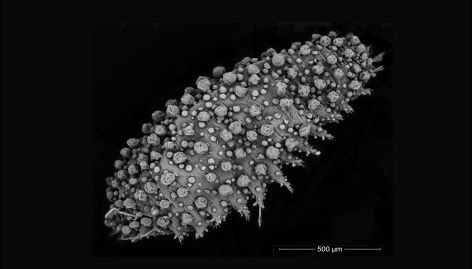
Sphaerodoridae is a group of marine worms characterized by the presence of spherical tubercles over their surface. They are scarcely known, probably due to their small size and low abundance. The relationships with other polychaetes, the systematics and classification of the group and their natural history are topics that require further investigations.
Project aims:
- Study the relationships of this and other groups of marine worms
- Assess the monophyly of the currently accepted genera
- Test the homology of morphological features used in traditional classifications and species descriptions
- Species delimitation in species complexes
- Describe new species and re-describe those which descriptions are incomplete.
Contact person: Maria Capa
Project period: Sept 2012-Sept 2015
Funding: NTNU, Synthesys (EU)
Collaborators:
Torkild Bakken, NTNU University Museum
Maite Aguado, Universidad Autónoma de Madrid
Has hybridization with a local species kickstarted the invasive success of ice plant in California?
Has hybridization with a local species kickstarted the invasive success of ice plant in California?
Contact person: Michael D. Martin
Invertebrate fauna of marine rocky shallow-water habitats: species mapping and DNA barcoding
Invertebrate fauna of marine rocky shallow-water habitats: species mapping and DNA barcoding
Info about project: Invertebrate fauna of marine rocky shallow-water habitats: species mapping and DNA barcoding
Contact person: Torkild Bakken
Norwegian Barcode of Life (NorBOL)
Norwegian Barcode of Life (NorBOL)
NorBOL is a network of Norwegian biodiversity institutions and individual scientists that contribute to the assembly and curation of a comprehensive library of standardized DNA sequences (DNA barcodes) of Norwegian fauna and flora. We also promote international collaboration for DNA barcoding of biodiversity, especially in the Polar regions.
DNA barcoding is a powerful tool for species identification from any type of tissue and from any type of life stage. Correct species identification is fundamental for all biological research, for conservation and management of biodiversity, and for a number of practical, commercial and forensic purposes. DNA barcodes are linked to voucher specimens in scientific collections (museums) and deposited in a public, open-access database (BOLD). Our effort is an integrated part of International Barcode of Life Project (iBOL).
More about NorBOL
Norwegian marine benthic hydrozoa
Norwegian marine benthic hydrozoa
Info about project: Norwegian marine benthic hydrozoa
Contact person: Torkild Bakken
Speciation genomics of peat mosses (sphagnum)
Speciation genomics of peat mosses (sphagnum)
Understanding speciation has been one of the most fundamental scientific questions being pursued the last 200 years.
Traditionally, the two main types of speciation have been classified as allopatric and sympatric speciation. Allopatric speciation that takes place when there is a physical barrier that prevents interbreeding between populations, while sympatric speciation is two populations diversifying and becoming genetically isolated while remaining at the same place. In plants, including bryophytes, speciation can also take place through hybridization events with a doubling of the chromosome number of the new species.
Peat mosses (Sphagnum) are the main peat producers and carbon sink in terrestrial boreal ecosystems, and understanding their diversity and ecological function is of crucial importance. Peat mosses consist of 300-500 species worldwide, and Sphagnum taxonomy is notoriously difficult, not least due to frequent hybridization between taxa.
We think that gene flow between species occurs relatively frequently and use genetic markers (SNP) to estimate levels of within species and between species gene flow. We explore factors associated with within species gene flow. Also, we see how much between species gene flow exist. The importance of incomplete lineage sorting (ILS), due to recent speciation events, is compared to between species gene flow. This project explores fundamental questions in evolutionary biology related to how biodiversity originates in species, how it is maintained and what defines species in an ecologically important and highly diverse genus
Collaboration:
- Hans K. Stenøien and Mike Martin, NTNU
- Péter Szövényi, University of Zürich
- Jon Shaw, Duke University
Species delimitation– disentangling species complexes and assessing introduced species of marine annelids
Species delimitation– disentangling species complexes and assessing introduced species of marine annelids
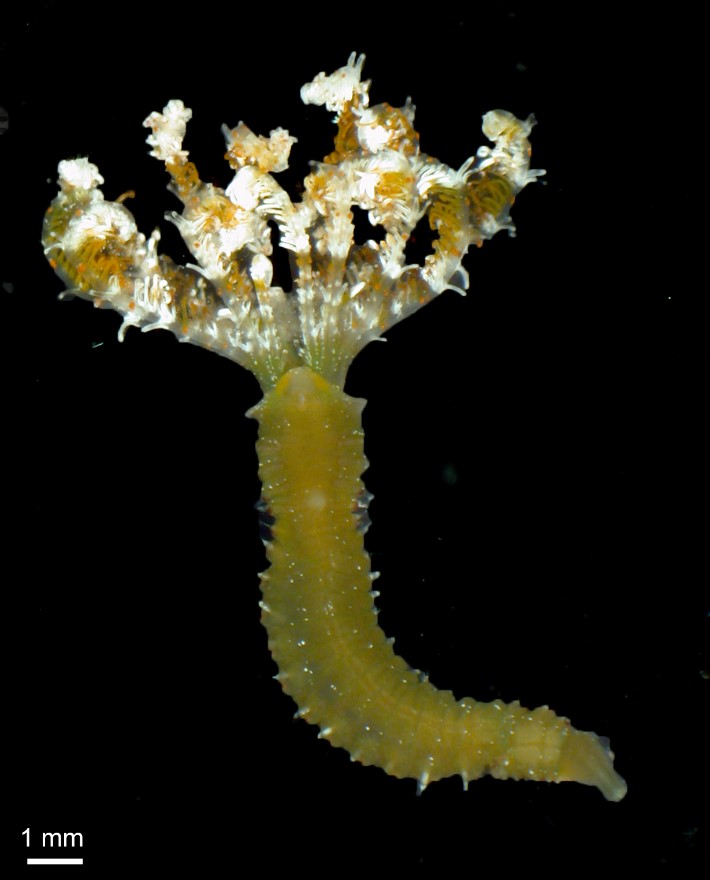 An accurate delimitation of species is crucial from a taxonomic and systematic perspective, particularly from a biodiversity, conservation, policy-making and ecological point of view.
An accurate delimitation of species is crucial from a taxonomic and systematic perspective, particularly from a biodiversity, conservation, policy-making and ecological point of view.
Delineation of species from DNA sequences and molecular phylogenies are of increasing interest, most aiming to resolve the status of species complexes, broadly distributed species or introduced species. In this line, methodological advances have occurred rapidly in the last decade accompanying theoretical issues related to species concepts, biological properties of the taxa analyzed and sources of data investigated.
Contact person: Maria Capa
Project period: Sept 2012-ongoing
Funding: NTNU, Artsdatabanken
Collaborators:
Torkild Bakken, NTNU University Museum
Joan Pons, Mediterranean Institute for Advanced Studies (IMEDEA), Esporles
Arne Nygren, Sjöfartsmuseet Akvariet, Göteborg, Sweden
Tardigrades in Norwegian forests
Tardigrades in Norwegian forests
Tardigrades (water bears) are remarkable, microscopic animals that can be found in all ecosystems. They constitute an own phylum in the tree of life, and are famous for their ability to withstand extreme conditions in a dehydrated resting stage. Despite their fascinating biology, knowledge of Norwegian tardigrades is still very poor and their diversity, distribution and ecological role in Norwegian forests is unknown. This project aims to investigate tardigrade diversity associated with different types of substrates in forests in Norway, evaluate the impact of forest management on tardigrade diversity and expand the recently initiated DNA barcode library of Norwegian tardigrades. We will also use environmental barcoding of substrates to test the effectiveness of this method in documenting tardigrade diversity and distribution. The project also aims to develop a comprehensive reference collection in a Norwegian museum.
Contact persons: Professor Torbjørn Ekrem, Forsker Elisabeth Stur
Collaborators: Roberto Guidetti (Universitetet i Modena og Reggio Emilia), Łukasz Kaczmarek (Adam Mickiewicz Universitetet i Poznań), K. Ingemar Jönsson (Högskolan i Kristianstad), Terje Meier (Oslo), Iver Gjerde (NIBIO), Kristian Hassel, Markus Majaneva, Tommy Prestø, Erik Boström, Aina Mærk Aspaas (NTNU Vitenskapsmuseet)
Project period: 2017-2019
Funding: Norwegian Biodiversity Information Centre (Norwegian Taxonomy Initiative)
The evolution and diversity of eyes in fan worms and sensory organs in sandcastle worms (Annelida)
The evolution and diversity of eyes in fan worms and sensory organs in sandcastle worms (Annelida)
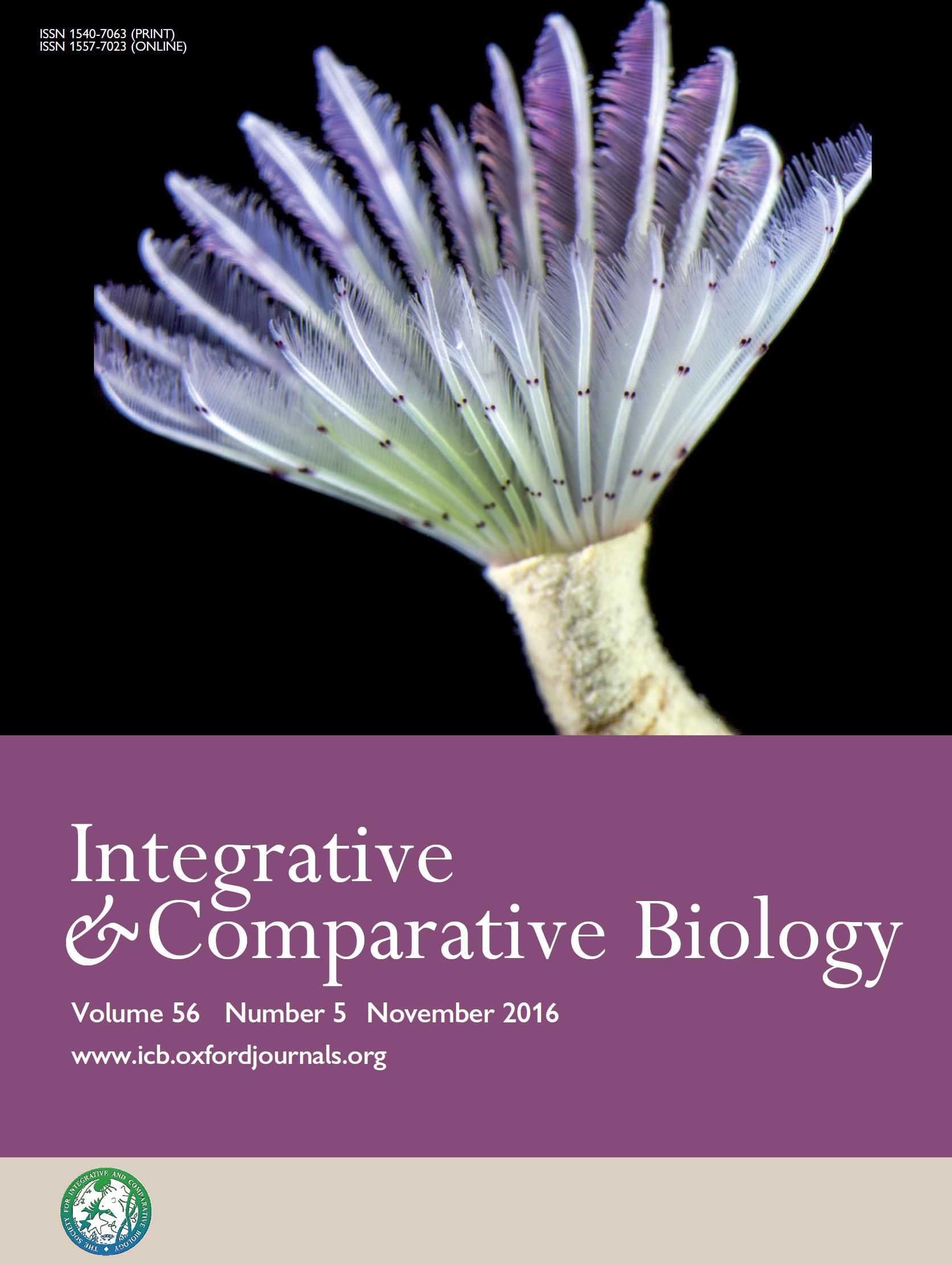 Fan worms (Annelida, Sabellida) show the largest variation of eyes among the animal kingdom, with diverse structure and levels of sophistication and therefore offer a great opportunity to be used as model organisms for assessing the evolution of eyes and photoreceptor cells in Metazoa. Similarly, sandcastle worms (Sabellariidae) bear eyes in the medial organ with a similar role to the radiolar eyes in fan worms. But sabellariids and sabellids are not closely related and comparison of their eyes, at different levels (structural, functional and molecular), may provide important information about the nature of their photoreceptors. Examining the emergence of novel visual systems may increase our understanding of how the first eyes evolved among the sedentary annelids and beyond.
Fan worms (Annelida, Sabellida) show the largest variation of eyes among the animal kingdom, with diverse structure and levels of sophistication and therefore offer a great opportunity to be used as model organisms for assessing the evolution of eyes and photoreceptor cells in Metazoa. Similarly, sandcastle worms (Sabellariidae) bear eyes in the medial organ with a similar role to the radiolar eyes in fan worms. But sabellariids and sabellids are not closely related and comparison of their eyes, at different levels (structural, functional and molecular), may provide important information about the nature of their photoreceptors. Examining the emergence of novel visual systems may increase our understanding of how the first eyes evolved among the sedentary annelids and beyond.
Aims of the project
- Assess the diversity of eyes in Sabellidae and Sabellariidae and their evolutionary history.
- Address the association between the morphological and structural eye display and the genetic components responsible for it.
- Find the structural and molecular similarities between sabellids and sabellariids that trigger analogous rudimentary visually guided behaviors and relate these to the wider spectrum of animal visual systems.
Contact person: Maria Capa
Project period: Sept 2016-ongonig
Collaborators:
Mike Bok, Lund University, Department of Biology, Sweden.
Megan Porter, University of Hawaii at Manoa, Department of Biology
Pat Hutchings, Australian Museum Research Institute, Sydney.
Funding: Australian Museum Research Institute Visiting Research Fellowship, Synthesys (EU).
The Research School in Biosystematics
The Research School in Biosystematics
Info about project: The Research School in Biosystematics
Contact person: Torbjørn Ekrem
The scandinavian wolf: Genetics and biogeography
The scandinavian wolf: Genetics and biogeography
The Norwegian Parliament has decided that an independent investigation of the origin of the Scandinavian wolf, and degree of hybridization with dogs, is to be carried out.
The NTNU University Museum, together with the University of Copenhagen, is doing this work, with a project based on whole genome sequencing and subsequent analysis of a large number of wolves from Scandinavia and the rest of the wolf's distribution area.
The final report will be finalized towards the end of 2021.
Project management:
- Professor Hans K. Stenøien, NTNU
- Associate professor Michael D. Martin, NTNU
- Professor Tom Gilbert, University of Copenhagen
The sea slugs of southern Norway: diversity, barcoding and invasive species
The sea slugs of southern Norway: diversity, barcoding and invasive species
Info about project: The sea slugs of southern Norway: diversity, barcoding and invasive species
Contact person: Torkild Bakken
Three-storied diversity: Mapping and barcoding crustose lichens and lichenicolous fungi in the Norwegian rainforests
Three-storied diversity: Mapping and barcoding crustose lichens and lichenicolous fungi in the Norwegian rainforests
Norwegian rainforests are red-listed as endangered (EN) habitats in Norway. In this three years project we will map, for the first time, the overall species diversity of crustose lichens and lichenicolous fungi in the boreonemoral and boreal rainforests along the Norwegian west coast. We will monitor these forests for new, including cryptic, species at three different levels of diversity by using established and new sampling methods.
Contact person: Associate Professor Mika Bendiksby
Collaborators: Andreas Frisch (NTNU University Museum), Einar Timdal, Gunnhild Martinsen og Harald Bratli (Natural History Museum, University of Oslo), Jon Klepsland (BioFokus), Per Gerhard Ihlen (Asplan Viak), og Mats Wedin (Swedish Museum of Natural History).
Duration: 2017-ongoing
Funding: The Norwegian Biodiversity Information Centre (Norwegian Taxonomy Initiative)
Uncovering the evolutionary history of ice plant invasions on a multi-continental scale
Uncovering the evolutionary history of ice plant invasions on a multi-continental scale
Contact person: Michael D. Martin
Use of microbiome-genome co-optimisation to improve gut health and growth in farmed salmon
Use of microbiome-genome co-optimisation to improve gut health and growth in farmed salmon
Info about project: Use of microbiome-genome co-optimisation to improve gut health and growth in farmed salmon
Contact person: Marcus T. P. Gilbert
Validating and intercalibrating DNA betabarcoding for routine use in Fenno-Scandinavian freshwater invertebrate biomonitoring
Validating and intercalibrating DNA betabarcoding for routine use in Fenno-Scandinavian freshwater invertebrate biomonitoring
Info about project: Validating and intercalibrating DNA betabarcoding for routine use in Fenno-Scandinavian freshwater invertebrate biomonitoring
Contact person: Torbjørn Ekrem